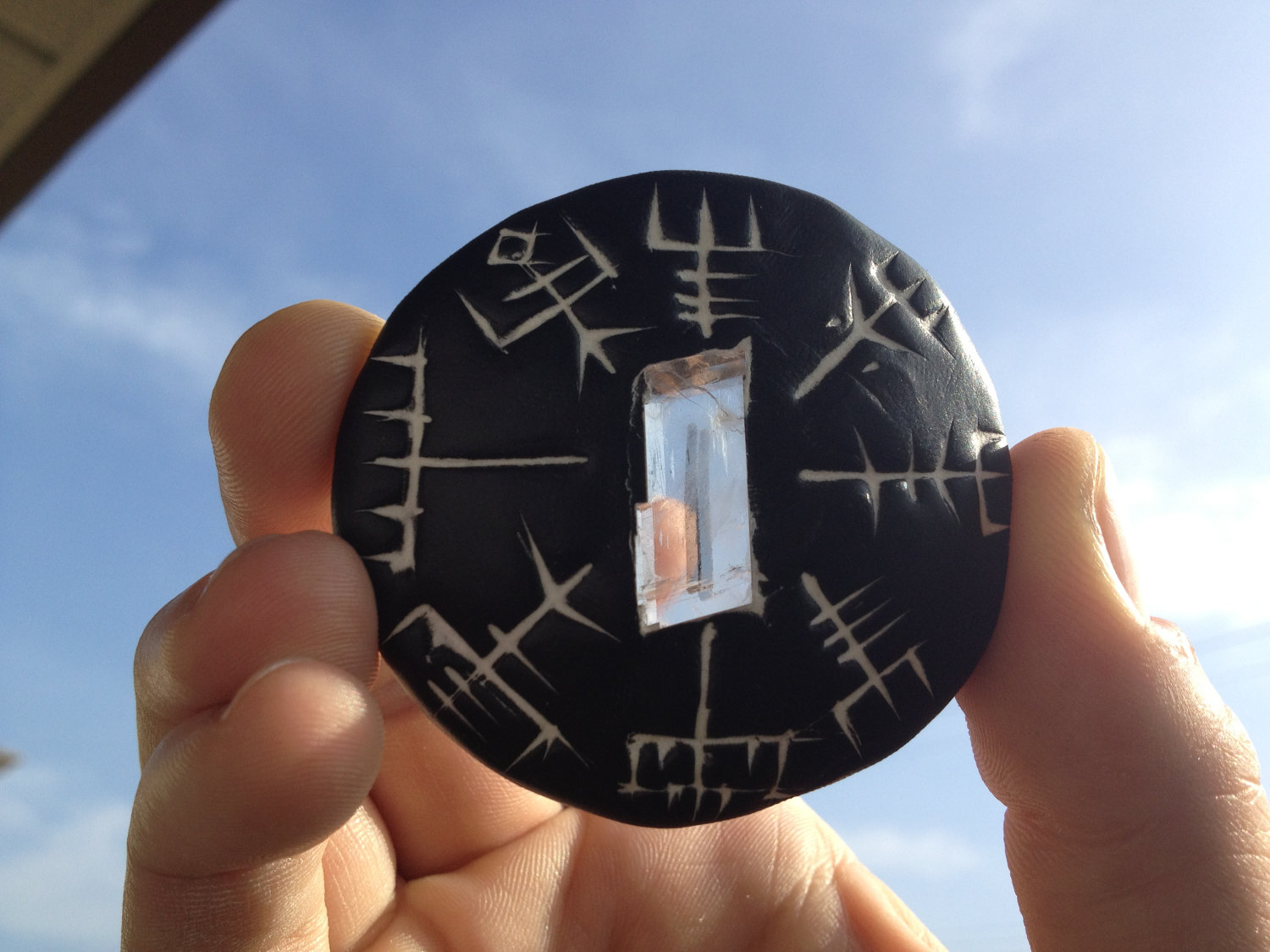As if the tales and exploits of Vikings weren’t enough to prove their badass nature, I’ve got something that will prove it for all time: sólarsteinn and it’s companion sun board.
In the history of the ancient world, those civilizations capable of seafaring were considered the top of pyramid. The oceans, seas and great rivers presented a lot of a society’s resources and wealth, and the ability to harvest that wealth was paramount to a success society. Of course, some were more daring than others when it came to the oceans.
Vikings, of course, got crazy with it. There’s even evidence of a Viking colony in Newfoundland dated way before Columbus “discovered” the New World. That’s pretty damned daring for a group of sailors in 1000 AD without a few of the navigation tools Columbus had.
But how did the Vikings do it? Through a heavily clouded and foggy voyage, no less? Especially when the best sailing days of a year meant the sun never really set in the higher latitudes and the stars couldn’t be seen?
Scientists have figured it out. In fact, we finally have proof of how Vikings did it. The fabled Viking Sunstone.
The Icelandic spar is a a piece of transparent calcite, which is birefringent. Put a dot on one side, hold it up to the sky and move it around until the two dots you see look the same. The position you end up at is where the sun is, within a degree or two. That’s it. Awesome, right? Ancient technology was amazing.
Now, the sun board is still something of a mystery, which makes it more fun in my opinion. It was used when the sun was readily available to figure out the direction they were in. A block was attached to the center post of the board and rotated until it was under the center post’s shadow. Where that little block was placed told the seafarers what direction they were heading in. But there’s also evidence that Vikings could figure out their latitude with the sun board as well.
Ancient technology is a great addition to many genres. This set in particular is great for those Earthlings discovering a new world, or a future where modern tech is unusable. This would also work as a great detail in steampunk or fantasy. And, of course, for stranded contemporary characters. So long as the story is on the ground, the sky is the limit.
-T.A. Creech
Science in the pursuit of Fiction.



